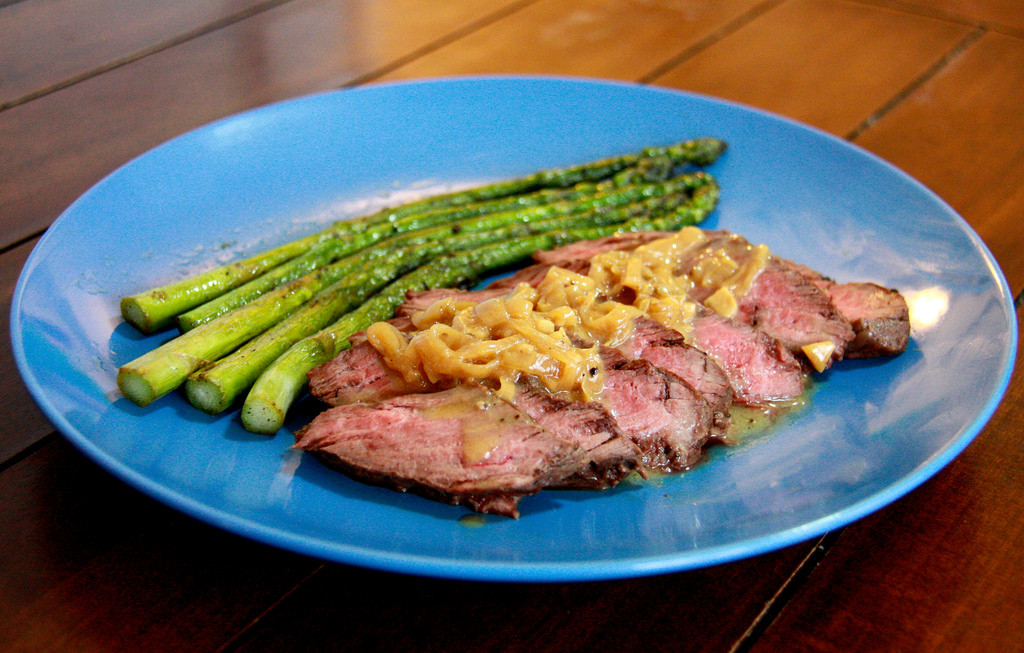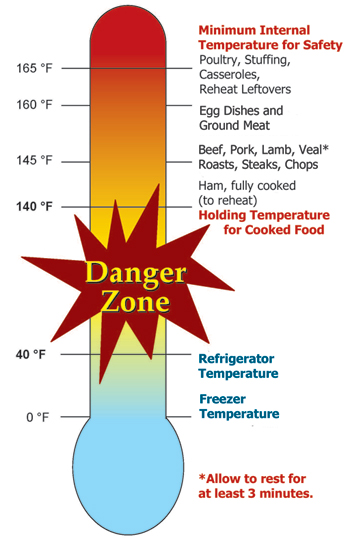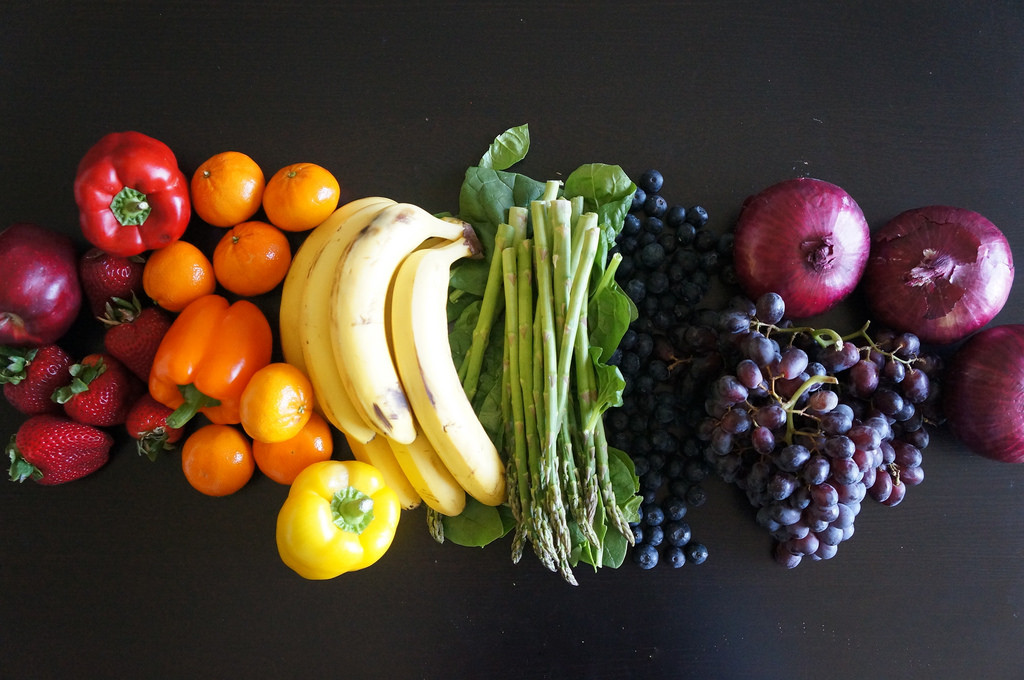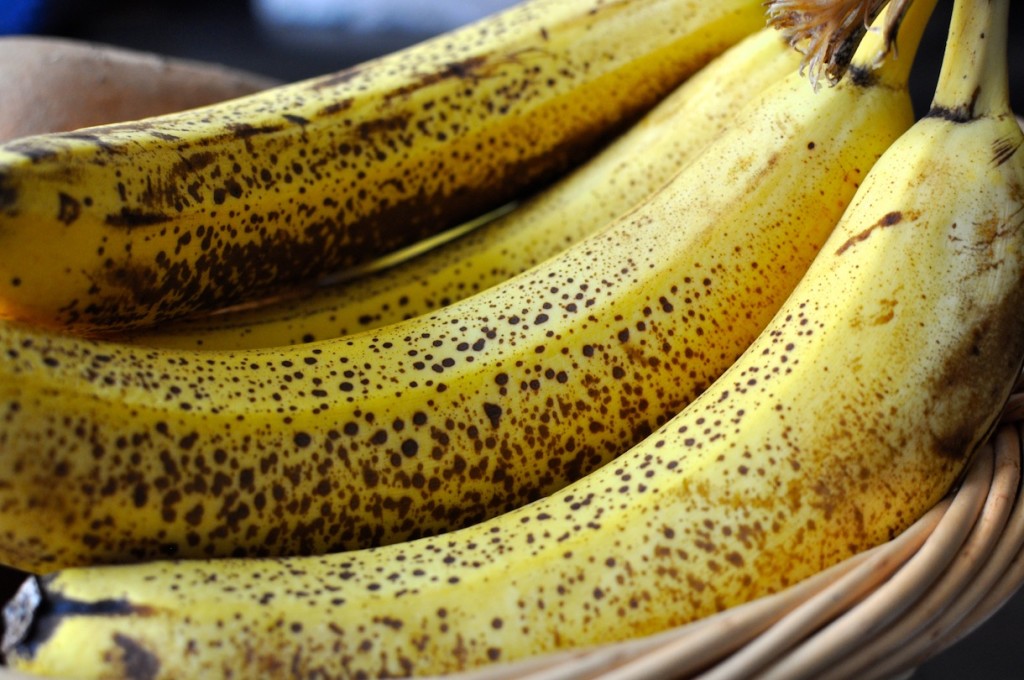We’ve all left food sitting out on the counter, but little do we know how harmful it can really be. Last semester in my food science class, we learned about food safety and since then, I have become way more paranoid about leaving my food out. However, there are some fruits and vegetables that can sit out for further ripening. Find out the truth below.
Cooked Foods, Meats and Fish

Photo by Kathleen Lee
Any cooked foods or cut fruit cannot stay out longer than two hours. This is two hours total. This means that for every minute you take food out to rearrange your fridge, contemplate eating it or forget to put it away, it counts towards the two hour window of leaving food out.
Well, what’s really the harm of leaving it out for longer?
When food sits at room temperature, it’s in the “Danger Zone” of 40-140°F. This temperature is bacteria’s ideal environment to grow and multiply. If it’s a hot day, then food should only be left out for an hour. When you freeze your food at a temperature of 0°F, the bacteria becomes inactive. At a proper fridge temperature of 40°F, bacteria does not grow or grows very slowly. Therefore, products will eventually go bad, but can stay fresher for longer.

Photo courtesy of USDA
Fruits and Vegetables

Photo by Sean Koetting
Fruits and vegetables vary on how long they can last and where they should be stored. Here’s some advice on how to store them to last the longest.
Counter-top safe fruits and vegetables include: apples (before seven days), bananas, peppers, tomatoes, cucumbers, eggplant, onions, garlic, ginger, grapefruit, jicama, lemons, limes, mangoes, oranges, papaya, permissions, pineapple, plantains, pomegranates and watermelon.
#SpoonTip: Once cut, store these in the fridge to keep them fresher for longer.
Foods that can start on the counter for further ripening, but should then be moved to the fridge: avocados, peaches, plums, pears, nectarines and kiwi

Photo by Sasha Kran
#SpoonTip: Bananas, apples, tomatoes, apricots, figs, cantaloupe, honeydew, avocado, pears, plums and peaches are high ethylene producers, which means they speed up the ripening of any fruit or vegetable they are left next to.
Foods that should be stored in the fridge include: apples (after seven days), apricots, figs, honeydew, cantaloupe, blackberries, raspberries, strawberries, broccoli, carrots, cauliflower, lettuce, peas, radishes, leafy vegetables, summer squash, zucchini, kale, celery, cabbage, cherries, herbs, brussels sprouts, beets and grapes
#SpoonTip: Never store onions and tomatoes in the fridge because this can cause them to mold. Never refrigerate potatoes because this breaks down the starch, causing them to be grainy.
How long do these foods stay good for?

Photo by Christin Urso
1-2 days: artichokes, apricot, avocados, blackberries, broccoli, cherries, corn, mushrooms, mustard greens, okra, rasperries and strawberries
#SpoonTip: Berries are non-climatic fruit, meaning they ripen before they are picked. Right after they’re picked, they stop ripening and start going bad, so try to eat them ASAP.
3-5 days: arugula, bananas, bok choy, cucumber, mango, lettuce, grapes, plantains, yellow squash, zucchini and cantaloupe
6-7 days: bell peppers, apricots, brussels sprouts, blueberries, grapefruit, kale, limes, lemons, pears, spinach, tomatoes, oranges and plums
7+ days: apples, acorn squash, cabbage, carrots, celery, cranberries, garlic, potatoes, pumpkin, sweet potatoes and spaghetti squash
#SpoonTip: Don’t wash fruit until right before you eat it to extend the shelf life.
So, next time you go to the grocery store, use these tips and tricks to make sure you’re keeping yourself safe and get the best bang for your buck.


